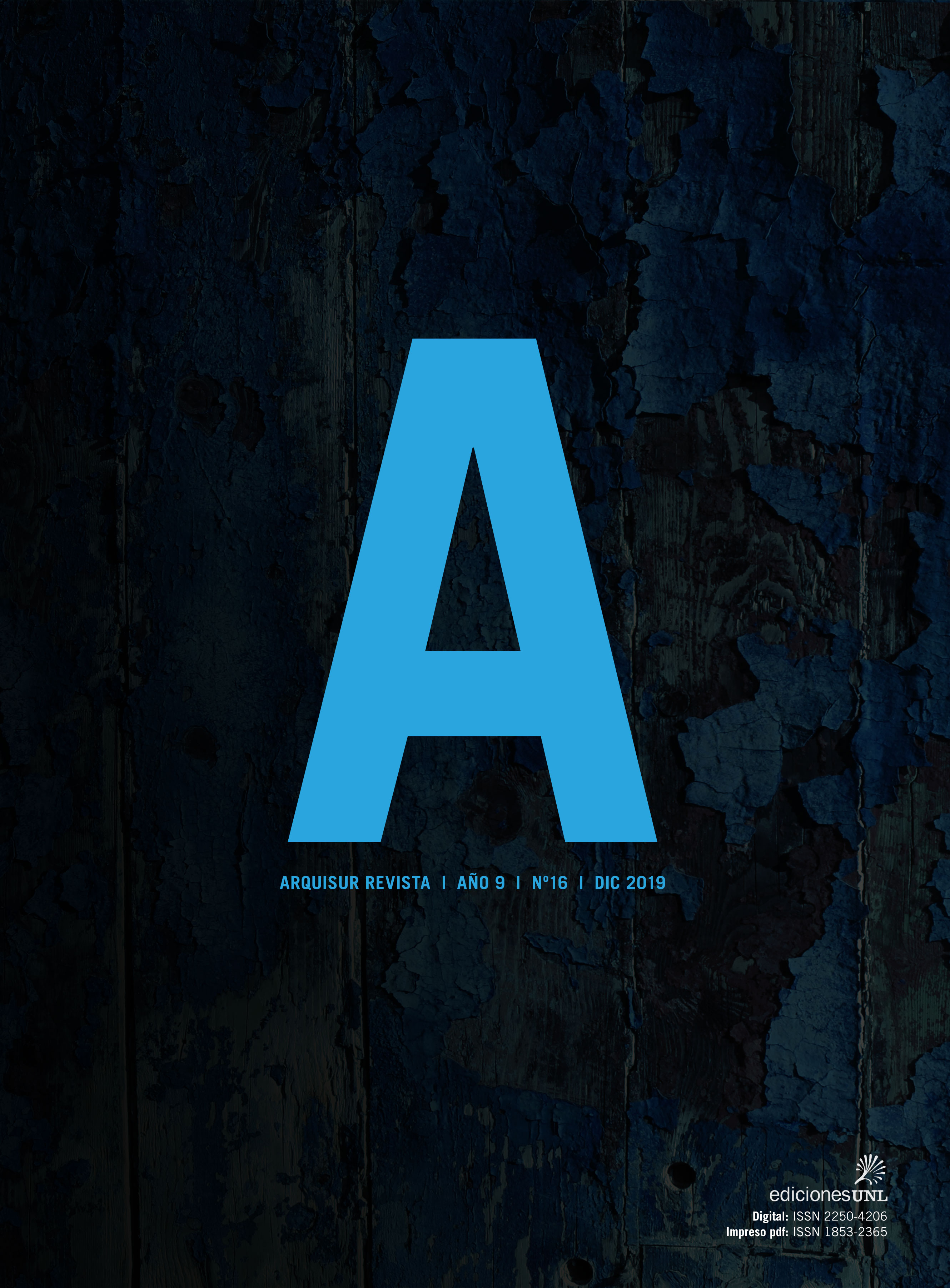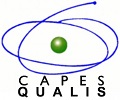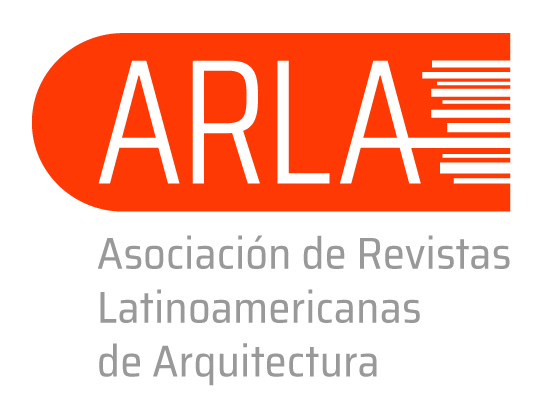Agora FADU
An analysis of an expanded concept of infrastructure in the Buenos Aires School of Architecture of the University of Buenos Aires
DOI:
https://doi.org/10.14409/ar.v9i16.8396Keywords:
expanded infrastructure, field conditions, mediumAbstract
The pavilion 3 of the University of Buenos Aires was designed by the architects Caminos and Catalano (1959-1962) and was planned as one of several generic buildings. It was designated the center of the Architecture and Urbanism Faculty (FAU) in 1971, though unfinished. In 1984 with the return of democracy the FAU became the FADU with the incorporation of design courses and enrollment soared with the opening of free and unrestricted admission to public universities in Argentina. This article analyzes the interaction of the building as a singular physical entity and its complementary relational aspects: whereas in the former this study analyzes more deeply possible characteristics from a systematic understanding, the latter investigates the system of twenty six “vertical cátedras” that includes 11,000 architectural students. This research is based on an expanded concept of infrastructure using theories developed in the 1960s and taken up again at the end of the 1990s as in the essay "Field Conditions" by Stan Allen summarized by the author's statement "Form matters, but not so much the forms of things as the forms between things".
Published
How to Cite
Issue
Section
License
ACCESO ABIERTO
ARQUISUR Revista es una publicación de acceso abierto y sin ánimo de lucro. No se imputan cargos por la recepción, revisión, evaluación, publicación ni acceso a sus contenidos. Se distribuye bajo una Licencia Creative Commons CC Atribución-NoComercial-SinDerivadas 4.0 Internacional (CC BY-NC-ND 4.0): No se permite un uso comercial de la obra original ni la generación de obras derivadas. Esta licencia no es una licencia libre, y es la más cercana al derecho de autor tradicional.
DESCARGO
Los criterios expuestos en los artículos son de exclusiva responsabilidad de sus autores y no reflejan necesariamente la opinión del Comité Editorial ni de la Dirección Editorial Técnica. Los derechos de los artículos publicados pertenecen a sus autores o editoriales. Los autores ceden sus derechos de publicación al Centro de Ediciones de la Universidad Nacional del Litoral de Santa Fe, Argentina.














